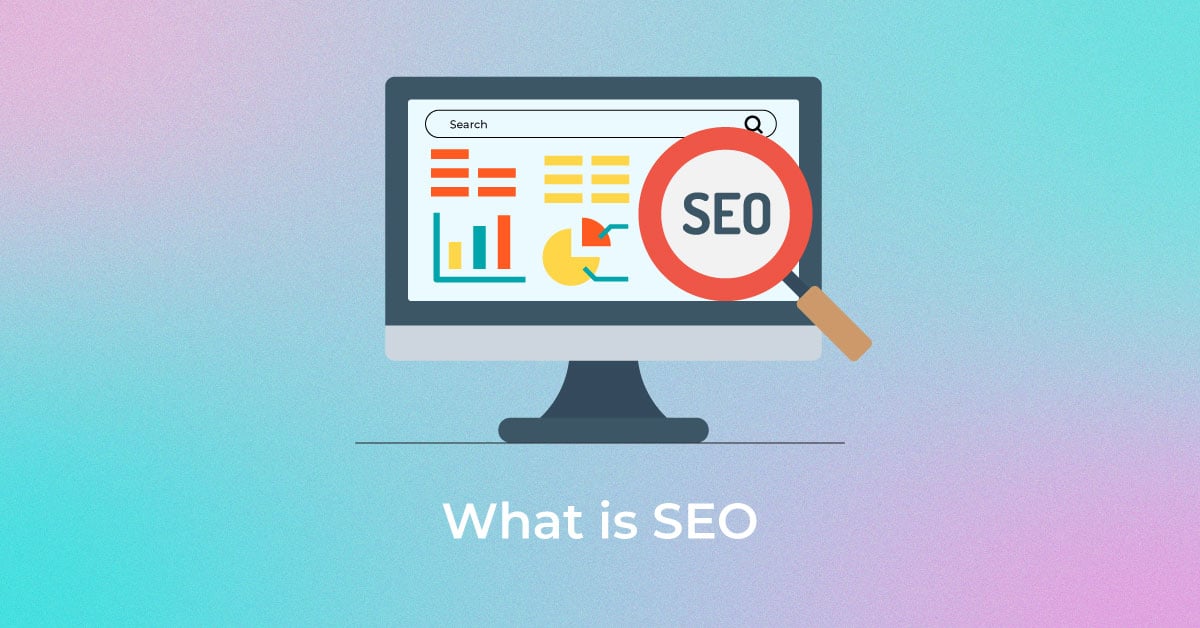The journey to strategic optimization of your website is not easy. Anyone can define the core objectives behind an SEO plan, but putting all the pieces together to make that strategy work makes all the difference. This is where you need an SEO roadmap.
Here’s what you need to know about an SEO roadmap and how you can build one.
What is an SEO roadmap?
An SEO roadmap is a strategic plan that outlines every action for implementing your search engine optimization strategy. It helps you know your site’s present performance and how you can implement various tasks to optimize it for higher rankings in search results. Additionally, an SEO roadmap ensures your entire team works towards similar goals to drive the best results. It helps you get insights into key opportunity areas and how to leverage them. Considered a “living document,” an SEO roadmap also allows you to make necessary adjustments to accommodate your unique goals and objectives as you move along the way.
Why should you create an SEO roadmap?
Sometimes having a solid SEO strategy is not enough. You will need to create a roadmap, and here’s why:
Both SEO strategy and roadmap are essential in establishing a clear set of tasks to achieve your digital marketing goals. You can view an SEO strategy as a big picture that shows the current performance of your business, where you want to take it, and how you will reach there. But the SEO roadmap goes beyond that. It fosters collaboration between the different components of your strategy and provides a clear direction to your entire team to achieve various goals with the given time and resources.
You can think of an SEO roadmap as a rough plan that helps you embark on your SEO journey. It allows you to organize multiple tasks and allocate resources and time in advance. You may need to re-organize or add some new tasks as you move ahead. With an SEO roadmap in hand, you can make the required changes at the right time and also ensure everyone is on the right track. This eliminates or reduces any risk of potential errors.
Step-by-step guide on SEO roadmap strategy
Here’s a step-by-step guide to creating an SEO roadmap for online success:
Step 1: Have ready your essential SEO findings
To build an SEO roadmap, ensure you have a list of keywords to identify the content gaps and benefit from relevant opportunities. Good keyword research is crucial in making SEO projections and letting you know how much time you should spend on your content. Should you create fresh content or re-optimize the existing one? A keyword gap analysis helps you get the answer and measure the time you must spend on content optimization. To close keyword gaps, identify keywords used by top-ranking pages and work accordingly on your content. When optimizing technical issues on your site, create a technical SEO roadmap based on the audits. You may also need to roadmap various tasks related to link building. For this, you can opt for a dedicated link-building roadmap if it suits you. Content Fusion is a great SEO tool that can help you with keyword research and filling the content gaps. It can also help accomplish link-building tasks.
Step 2: Make a list of your main tasks or workstreams
In the initial stage of your roadmap, you may have yet to cover each detail of your campaign. But to ensure the smooth functioning of your entire SEO strategy, you should roughly list the tasks and the key workflows that could be a part of it for the next twelve months. If you are working with a team, consider involving every stakeholder at the initial stages of your roadmap. This makes it easier to achieve your goals effectively in the later stages. You can bring everyone together for an “ideation session” and discuss ideas for various tasks. Here’s how you can conduct a fruitful ideation session:
- Take ample time (30-45 minutes can be great)
- Put all your ideas in front of the team, as this would encourage them to think about more ideas.
- Involve and listen to everyone. You never know which idea can help in your SEO success.
- Ask each one involved to vote for their favorite idea.
Make sure your roadmap is compiled within two to three months of your campaign so that you have a clear picture of the way ahead. After this duration, you should have a clear idea of what’s needed and what’s not.
Step 3: Examine and improve your work list
Now you may wonder what tasks should be included in the roadmap. The question doesn’t have a definite answer. The more roadmaps you create with time, the more you will figure out what works for your SEO and what doesn’t. To make things simpler, keep your roadmap limited to the tasks your SEO team can perform. As for the content writers and developers, you can document their tasks separately. For example, the tasks of a developer can be included in the technical backlog, and that of the copywriters can be kept in the content tracker document. Also, make sure your roadmap is not a lengthy one. Compile smaller tasks into larger ones to avoid complexities. But at the same time, don’t make your tasks too large without breaking them into logical parts with useful information. Once done, start entering each item into your SEO roadmap template.
Step 4: Organize your tasks logically
Now that you have listed all your roadmap actions, start organizing them logically. You may not be content with your roadmap at this stage but don’t worry! You can re-organize the tasks and accommodate changes as you move along the SEO journey. However, organizing your SEO tasks properly in the beginning can help avoid modifications at later stages. An effective way to organize tasks is to follow a prioritization framework like the Action Priority Matrix. All you need to do is categorize your tasks into four parts:
- Keep the quick wins at the highest priority. These tasks have a high impact with low effort.
- Keep long-term projects at a high priority. These tasks have a high impact with high effort.
- Backlog items should be placed at a lower priority. These tasks have a low impact with less effort.
- Tasks that are potentially not going to be undertaken should be kept at the lowest priority as they have a low impact with high effort.
Hence, quick wins should be placed at the top of your roadmap. Working on them will give quick results without much effort. But make sure your quick wins don’t hold you back for too long from implementing long-term projects. Backlog items should be prioritized toward your roadmap’s end. They may not get you higher returns, but implementing them is pretty easy. At last, try avoiding tasks that demand high effort but offer the least returns.
Step 5: Assign time and resources to your items
Once you have organized all your SEO tasks in a logical manner, it’s time to allocate time and resources to each of them. Try including tasks that belong to the SEO department only. This makes it easy for you to estimate the time for each task based on your experience and expertise. You can add the number of days in a specific month’s column of your SEO roadmap template. Make adjustments wherever necessary so that time for each task matches the capacity of the team members. For example, if a senior team member is performing a task, you can dedicate less number of days. On the other hand, if a junior is given a task, you may need to consider allocating more time. When it comes to creating an SEO roadmap and assigning time for tasks, don’t overlook regular business-as-usual tasks. These tasks can include regular SEO reporting or monitoring, such as quarterly business reviews or monthly reports that can take a big chunk of time. So make sure you allocate sufficient time for these tasks too.
Step 6: For ease of use, assess and format in Gantt style
Now you are almost done with your SEO roadmap. But before sharing it with relevant parties, ensure it is in tune with your SEO strategy. If required, make necessary adjustments to accommodate any changes. You should also spend time formatting your roadmap so your priorities and times flow in Gantt chart style. Gantt chart allows you to carry out work around deadlines and allocate optimum resources. It also makes it easier to follow the roadmap and helps you get a bird’s eye view of all the tasks. You can also share your roadmap with a senior colleague to ensure everything is on the right track. Once you receive your team’s feedback and are done with making all the final changes in your roadmap SEO, you can share it with the relevant parties.
Step 7: Review and update your road map frequently
The best thing about an SEO roadmap is that it is a living document. So, it doesn’t matter if you have created and shared your roadmap with relevant parties; you can still make edits or revisions based on your needs and external developments. But make sure you update the status column so that everyone gets a clear picture of which tasks are completed and which tasks are in progress. You can also add notes wherever necessary. Some tasks may take more time and effort than expected, so you may need to re-organize certain tasks to achieve your goals on time. Whenever you feel a task needs to be re-prioritized, change the time to what suits you best. The same goes for a situation where you need to add an entirely new task to your SEO roadmap. All you need to do is add a new row and make necessary changes in the time accordingly. SEO is ever-evolving. You never know which algorithm update or behavioral change in users may emerge in the future. So, ensure any changes are reflected in your SEO roadmap too.
Conclusion
To succeed in any SEO strategy, it is crucial to bring together all the teams to deliver the right results. This is what an SEO roadmap strategy does. From content writers to development teams, an SEO roadmap helps you communicate to every stakeholder about your SEO goals and the procedures to achieve them.
Popular Searches
How useful was this post?
0 / 5. 0

















